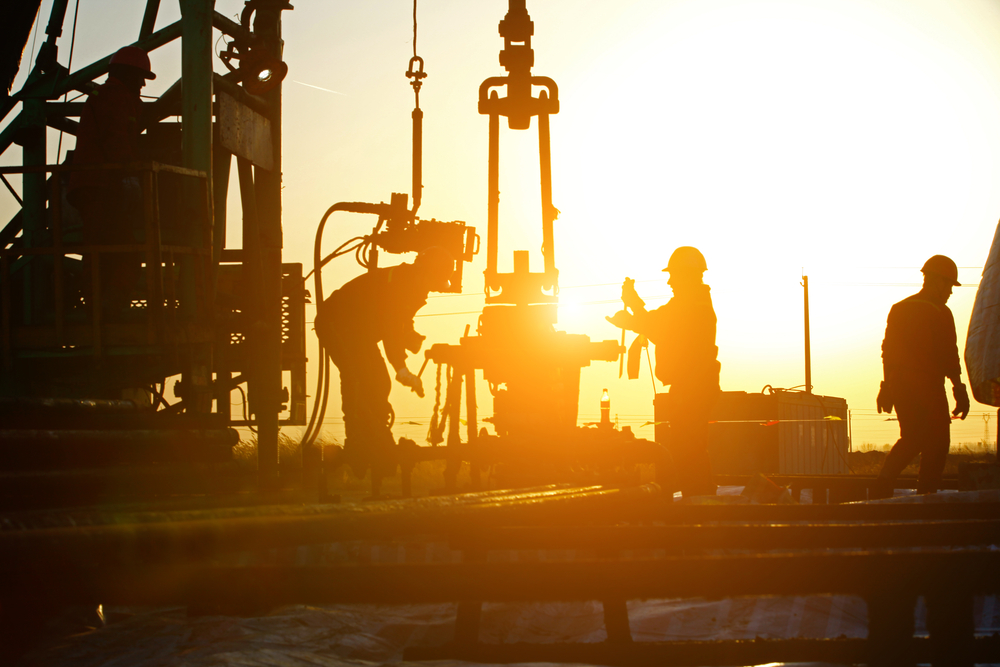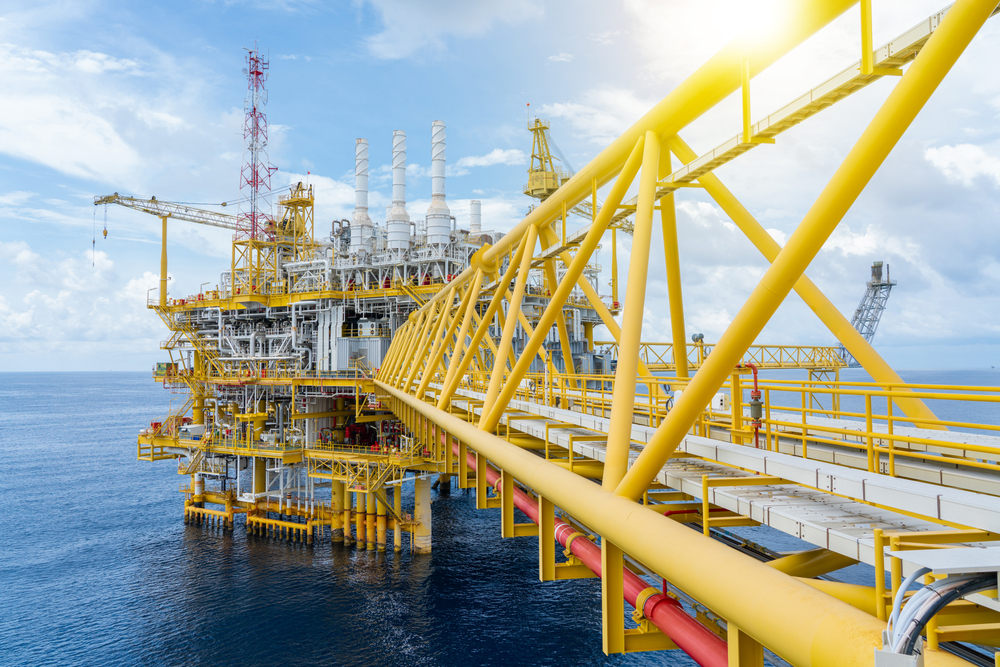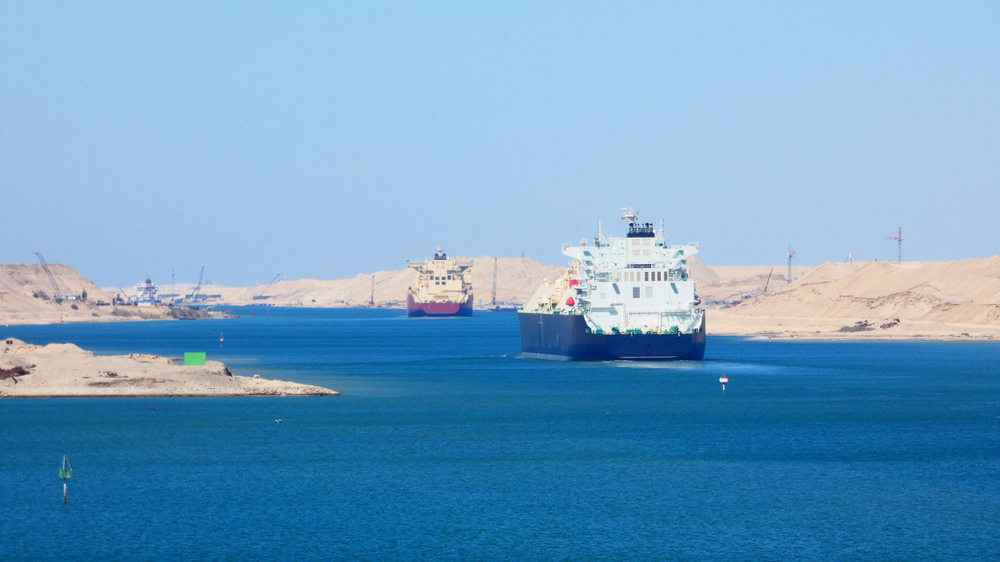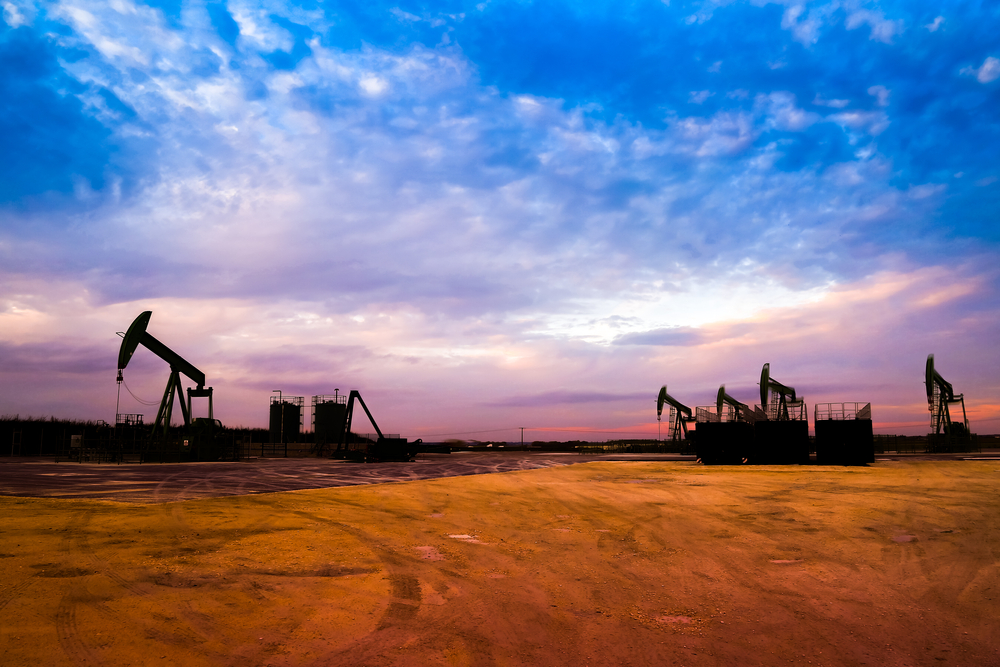We use cookies and other proprietary and third-party technologies to make our website work correctly and securely. We also use them to analyse user browsing and be able to adapt advertising to your tastes and preferences. Cookies Policy.
In a bar, at a family meal, in the locker room at the gym: the price of gasoline infiltrates everyday conversations non-stop. And there is more: it sets the political agenda, causes mass protests that shake governments or even lead to overthrowing power, as has been seen recently in Kazakhstan and Sri Lanka. Fuel is behind almost everything we do and, therefore, talking about its fluctuations is almost like talking about the weather in the elevator. But do we really know why the price of gasoline goes up or down? Not always.
The easiest answer is that oil shortages or supply cuts cause the rise in price. However, there are other causes. In the act of filling our car’s tank, geostrategic, economic and social factors converge, on an international and national scale. For example, it is not just a question of availability or taxes, but of global valuations, of the foreign exchange market and of the finances of the companies in the sector.

“Despite what it may seem, the price of gasoline has no reason to be connected to the price of oil,” warns Nacho Rabadán, general director of the Spanish Confederation of Service Station Entrepreneurs (CEEES). The first nuance to support this assertion is that gas stations do not buy oil, but a derivative, which can be gasoline or diesel. That product purchase depends on more than just the number of oil wells.
One needs, for example, to know the price per barrel of Brent (which is equivalent to 159 liters or 42 US gallons). A figure that is subject to many variables since it is listed on the London stock exchange. Nearly half of oil futures contracts are traded there. And when negotiating purchases and sales based on investors, the answer is a speculative act. The more you buy, the more expensive it becomes. In addition, there is a price set in advance depending on oil supplies.
It is set by the Organization of Petroleum Exporting Countries (OPEC), currently made up of 13 countries (including Saudi Arabia, Venezuela and Iraq). According to this institution, founded in 1962 and recognized by the United Nations, 94.5 million barrels of oil are traded in the world every day. Around 50% of this is used for the manufacture of gasoline, diesel and derivatives, which are used to fuel the more than 1,100 million vehicles that run on petroleum derivatives.

These fluctuations include the influx of new types of energy, which threaten its use and, therefore, condition the price, or special circumstances such as a war, the collapse of a seaway or a pandemic. These are “exogenous” causes, that is, that the economy cannot control. For example, Hurricane Katrina devastated the United States coasts in 2005 and damaged supply lines, so the price rose steeply. A similar thing happened after the traffic jam in the Suez Canal caused by the Evergiven ship, which paralyzed world trade.
Besides, its price is stipulated by the dollar, around which its value orbits. And this means that, if it is in a strong moment, the weaker currencies become more expensive. And vice versa. We have seen it throughout the last decades with, for example, the rise and fall of the pound sterling and the euro. Both have gone from outperforming the US currency to being at the same level or even below it. In this way, the change favors or harms the rest of the countries.
From this starting point, we move on to gasoline or diesel, oil derivatives. These come out with the price of crude oil and are affected by other elements in the process. “Gasoline is bought with an international formula, and its price is based on the price of the products that obtain it,” continues Rabadán, who summarizes it with a comparison: “It is like a mortgage, which is decided by initial parameters, but then depends on the Euribor.”
Rabadán alludes at this point to the Platts index, which establishes the worldwide purchase and sale prices of the different resources obtained from oil: electricity, natural gas, coal, nuclear energy, petrochemical refining and the exploitation of metals. Therefore, diesel, gasoline, electric megawatt, wind megawatt, propane gas, anthracite, benzene, methanol, gold and aluminum, among others, are included here. It is a marker that is evaluated weekly and monthly. And, according to the director of CEEES, it follows the Brent trends.

“Lately it has been out of step. Oil can go down while its derivatives go up,and vice versa,” he explains, illustrating it with another comparison: “It is like the price of flour and bread: the first one can go down, due to a lot of production, but the final product can go up due to other associated costs.” In addition, a second element comes into play, and is what we usually talk about: taxes. To the original price is added the distribution and storage price, which increases it by 16%, as well as taxes.
Taxes which, in Spain, are around 45% for diesel and 50% for gasoline. The first and most important tax is the Special Hydrocarbons Tax. This is a fixed amount that is applied to each liter of fuel (0.47 euros for gasoline and 0.38 for diesel, approximately). VAT is added, which is 21%, as in almost all buying and selling activities (except in cases with a reduced VAT). Here is where the different government decisions to subsidize part of the fuel or take other measures are felt, and where inflation plays a part.

The effect of the pandemic is also noticeable at this time. “Many refineries were closed, and now it is difficult to return to how it was before Covid, so everything is more expensive,” says Rabadán. “Gasoline prices affect us all,” concludes the expert, “because it continues to be an essential product in society, and is the most used fuel.” Hence, wherever we are, we can comment with fear or joy on the prices that we have just seen at the gas station, which always leads to animated conversations.
Notice: Trying to access array offset on value of type null in /DATA/sites/ontheroadtrends.com.preproduccion.com/webspace/wp-content/themes/ontheroad2023/templates/newsletter.php on line 3
Notice: Trying to access array offset on value of type null in /DATA/sites/ontheroadtrends.com.preproduccion.com/webspace/wp-content/themes/ontheroad2023/templates/newsletter.php on line 4
Notice: Trying to access array offset on value of type null in /DATA/sites/ontheroadtrends.com.preproduccion.com/webspace/wp-content/themes/ontheroad2023/templates/newsletter.php on line 5